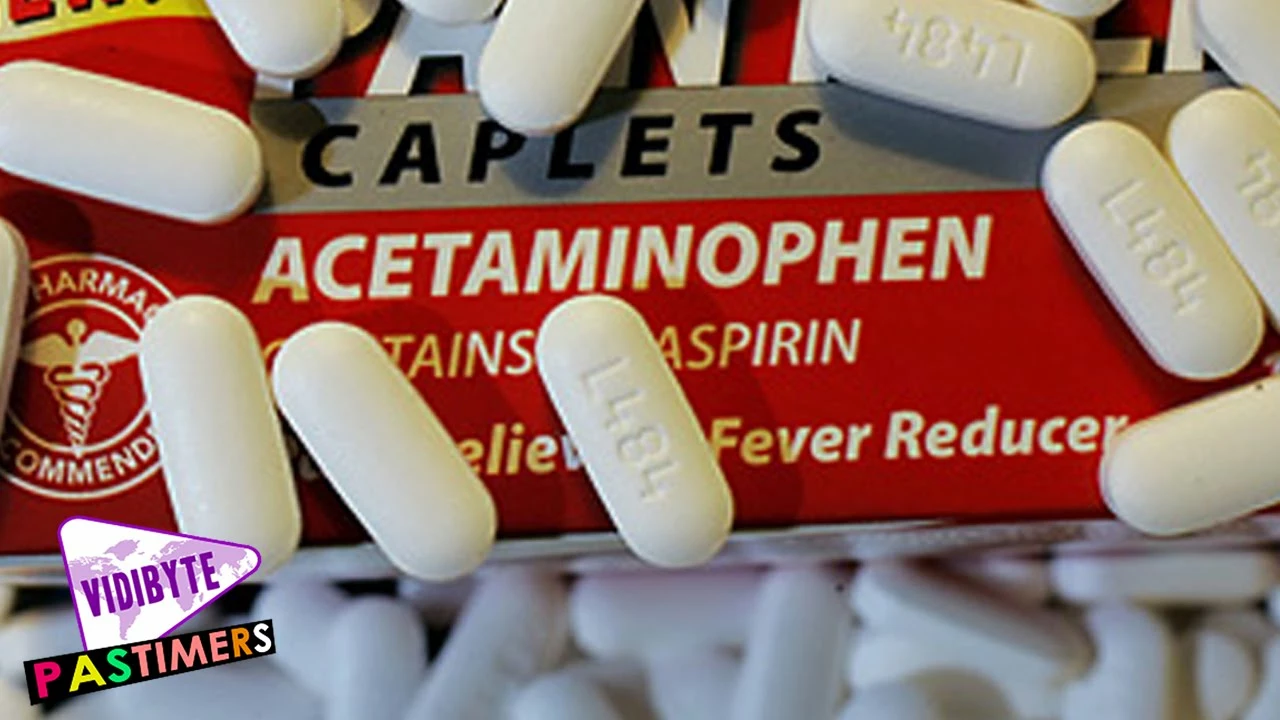Acetaminophen and your skin: What you need to know

Apr, 28 2023
Introduction: Acetaminophen's Impact on Your Skin
As a widely used pain reliever and fever reducer, acetaminophen is a common ingredient found in many over-the-counter medications. While its effectiveness in treating various ailments is well-known, the potential side effects of acetaminophen on your skin may not be as widely recognized. In this article, we'll explore the connection between acetaminophen and your skin, and discuss important information you need to know in order to protect your skin's health.
Understanding Acetaminophen Allergies
One of the main ways acetaminophen can impact your skin is through an allergic reaction. Just like with any medication, some people may be allergic to the drug itself or its inactive ingredients. Allergic reactions to acetaminophen can range from mild to severe and can manifest in various skin-related symptoms. These can include itching, hives, redness, and even more serious cases of rash or blisters. If you suspect you are experiencing an allergic reaction to acetaminophen, it is essential to consult your healthcare provider immediately for guidance on how to proceed.
Acetaminophen-Induced Skin Reactions
Aside from allergic reactions, acetaminophen can also cause certain skin reactions in some individuals. These reactions can vary in severity and may include:
1. Acute Generalized Exanthematous Pustulosis (AGEP)
AGEP is a rare and severe skin reaction characterized by the rapid onset of numerous small, sterile pustules on a background of red, inflamed skin. This reaction typically occurs within two days of taking acetaminophen and requires immediate medical attention.
2. Stevens-Johnson Syndrome (SJS)
SJS is a rare but potentially life-threatening skin reaction characterized by the detachment of the top layer of skin from the lower layers. Symptoms of SJS include widespread blisters, fever, and pain. If you develop any of these symptoms after taking acetaminophen, seek immediate medical attention.
3. Toxic Epidermal Necrolysis (TEN)
TEN is another rare but life-threatening skin reaction that can be caused by acetaminophen. Similar to SJS, TEN involves the separation of the skin's layers, leading to extensive skin loss and damage. Immediate medical attention is necessary if you suspect you are experiencing TEN.
Preventing Acetaminophen-Related Skin Issues
While the risk of experiencing a skin reaction to acetaminophen is relatively low, it is important to take certain precautions to minimize your risk. First, always follow the dosing instructions on the medication label and never exceed the recommended dosage. Additionally, if you have a known allergy to acetaminophen or have experienced a skin reaction to the drug in the past, avoid using the medication and inform your healthcare provider of your history.
Recognizing the Signs of a Skin Reaction
Early recognition of a potential skin reaction to acetaminophen is crucial in order to prevent complications and seek appropriate medical care. Be on the lookout for any skin changes, such as redness, itching, hives or blisters, especially if they occur within a few days of taking the medication. If you notice any of these symptoms, stop using acetaminophen and consult your healthcare provider immediately.
Treatment Options for Acetaminophen-Related Skin Reactions
If you experience a skin reaction to acetaminophen, the first step is to discontinue the use of the medication. Depending on the severity of the reaction, your healthcare provider may recommend over-the-counter antihistamines or corticosteroid creams to help alleviate itching and inflammation. For more severe reactions, such as AGEP, SJS, or TEN, hospitalization and specialized medical care may be necessary to manage the condition and prevent complications.
Conclusion: Protecting Your Skin from Acetaminophen Side Effects
While acetaminophen is generally considered safe for most individuals, it is essential to be aware of the potential skin-related side effects and take appropriate precautions to protect your skin's health. By understanding the signs of an allergic reaction or skin reaction, following dosing guidelines, and seeking prompt medical attention when needed, you can minimize your risk and ensure you are using acetaminophen safely and effectively.
